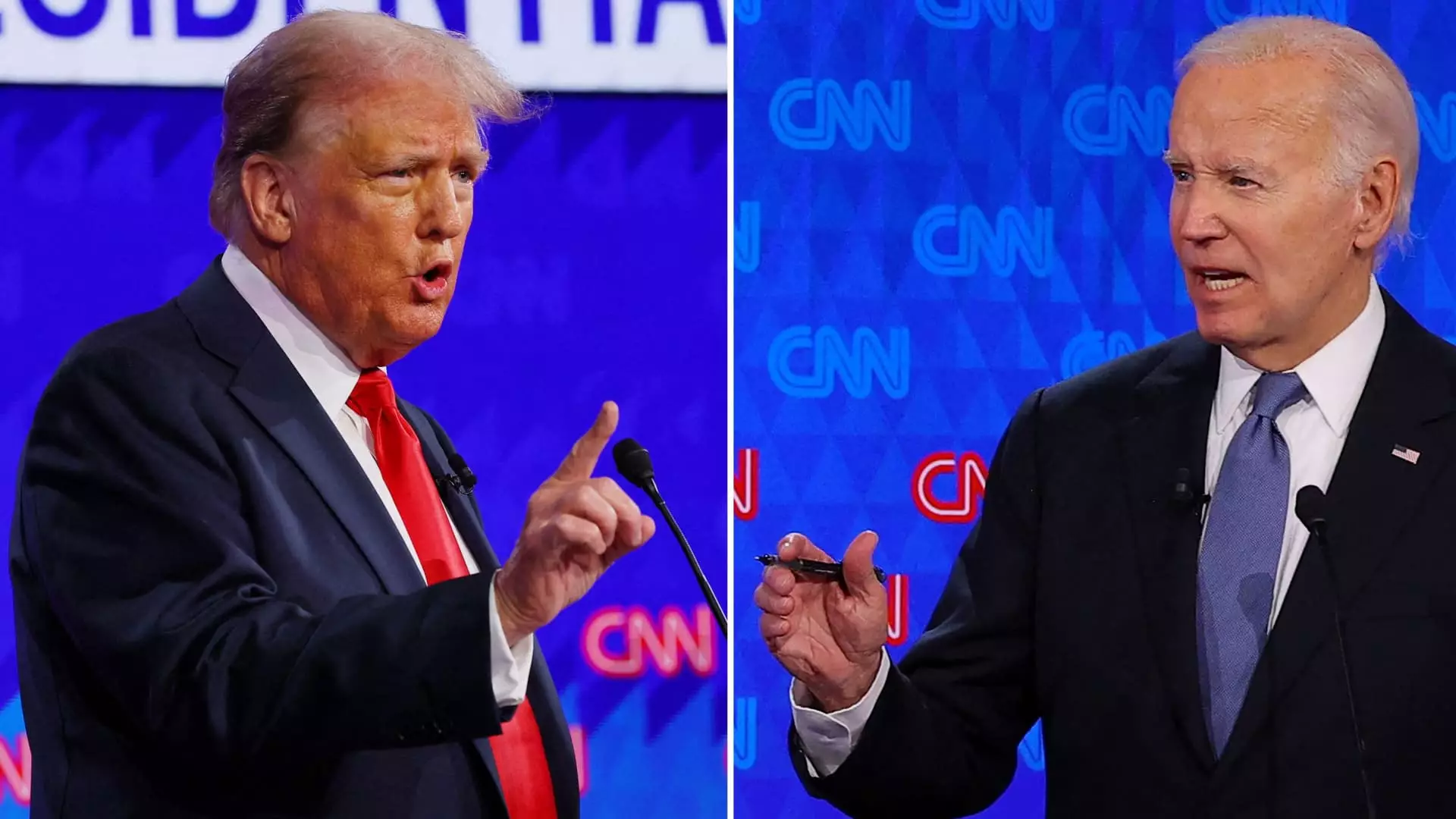Tariffs have long been a tool used by politicians to protect domestic industries and punish foreign producers. Both President Joe Biden and former President Donald Trump have utilized tariffs to shape trade policy and generate revenue for the United States. However, despite the political appeal of tariffs, the economic implications for American consumers are significant.
While tariffs may initially seem like a way to boost domestic production, the reality is that American consumers end up paying the price. According to senior economist Erica York, tariffs essentially act as a tax increase on everyday products, leading to higher prices for consumers. The Tax Foundation’s analysis reveals that Trump’s trade war on tariffs resulted in billions of dollars collected in duties, with U.S. consumers bearing the burden of these additional costs through increased prices on imported goods.
A study conducted by the Federal Reserve Bank of New York found that Trump’s tariffs in 2018 cost the average household an extra $419 per year. This underscores the direct impact that tariffs have on everyday Americans, who ultimately foot the bill for increased costs on goods. Despite the intention to protect domestic industries, tariffs have proven to be a significant financial burden for consumers.
While Trump favored a more aggressive approach to tariffs, including universal baseline tariffs and tariffs on specific industries, Biden has taken a more targeted approach. The Biden administration’s announcement of new tariff rates on Chinese imports, including electric vehicles, solar cells, and steel, demonstrates a strategic effort to protect certain sectors of the economy. However, the decision to maintain many of Trump’s tariffs highlights the complexity of trade policy and the challenges of reversing course once tariffs are in place.
As the debate over tariffs continues, it is clear that the impact on American consumers cannot be ignored. The conflicting approaches of Biden and Trump to tariff policy underscore the challenges of finding a balance between protecting domestic industries and preventing higher prices for consumers. Moving forward, policymakers must carefully consider the implications of tariffs on everyday Americans and strive to strike a balance that promotes economic growth while minimizing the financial burden on consumers.

Leave a Reply